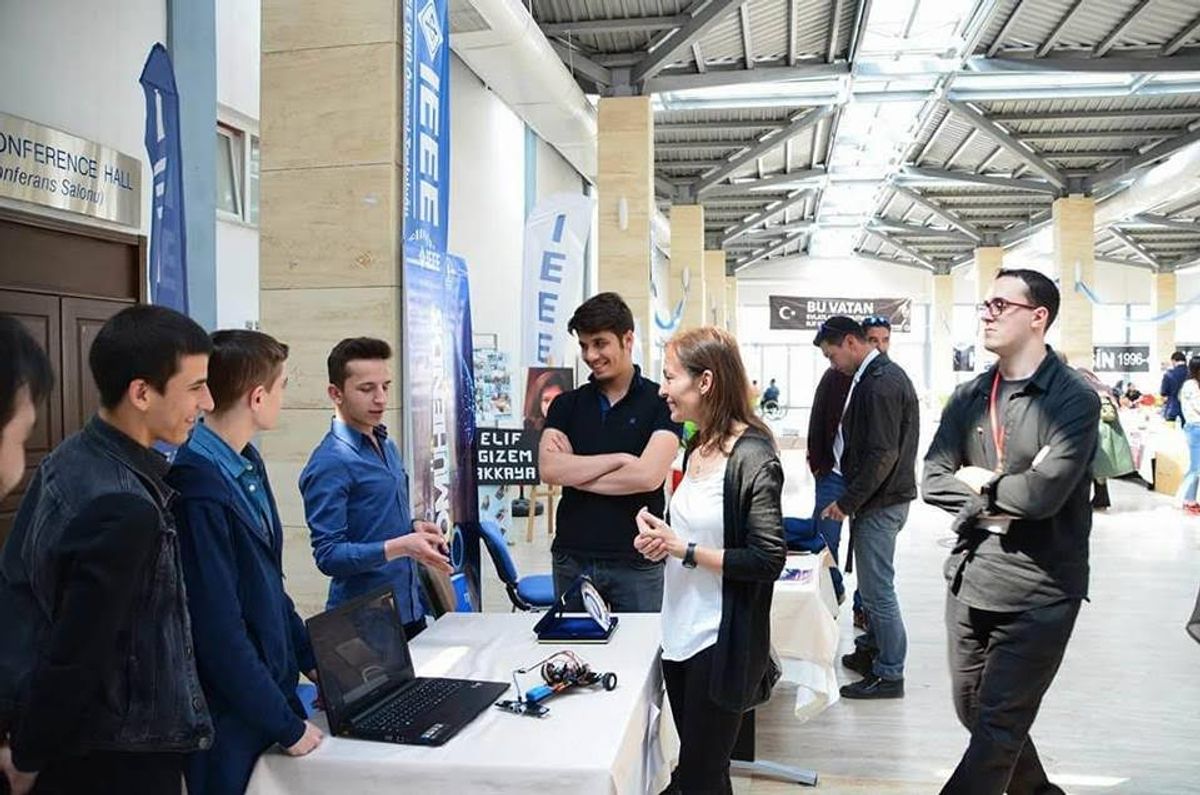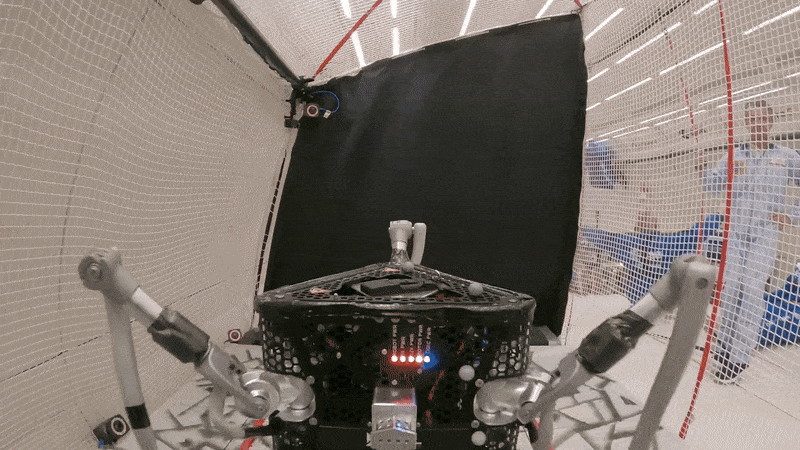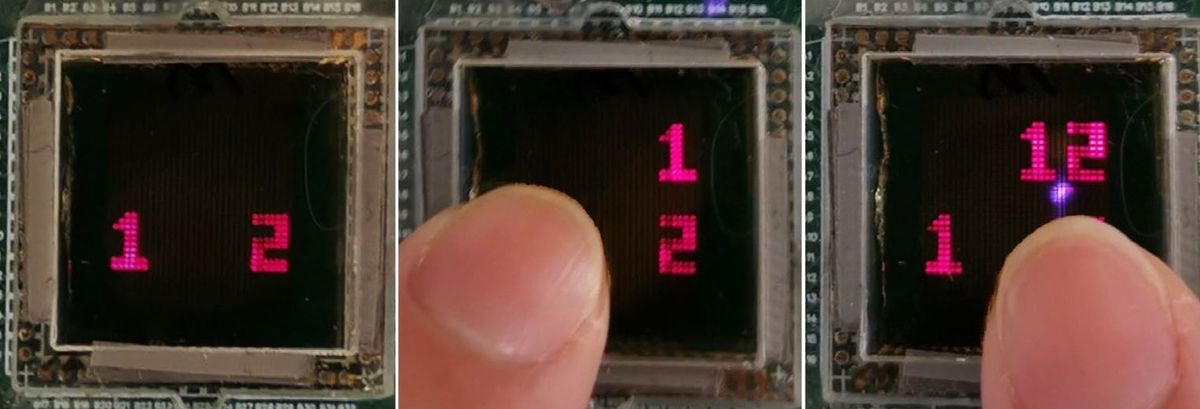
THE INSTITUTEIn 2016 in Turkey’s capital, Ankara, a student associated with the militant Kurdistan Freedom Hawks (TAK) drove a car, equipped with a bomb, into a bus carrying 20 civilians. The explosion killed 37 people and injured more than 120. One of those killed in the attack was IEEE Student Member Elif Gizem Akkaya, who had been waiting at a bus stop.
Akkaya, 19, was studying computer engineering at the University of Turkish Aeronautical Association (UTAA), in Ankara. She also volunteered at Lösev, a foundation for children with leukemia, and the TEMA, an environmental foundation that works to protect natural habitats.
In memory of Akkaya, nine IEEE student branches in the IEEE Turkey Section launched the Elif Gizem Akkaya Science and Technology Project seven months after the attack. As part of the program, student members visit high schools and teach students basic robotics and coding skills. The project aims to combat terrorism by educating the next generation. The goal is to make the world a better place with the help of technology—one of Akkaya’s dreams.
Student Member Asim Köroglu, who studies electric and electronic engineering at Dumlupinar University, in Kütahya, is the IEEE Turkey Section’s social responsibility project coordinator. He kicked off the project with other volunteers at the 2016 IEEE Turkey Section Student and Young Professionals Congress, held in Istanbul.
“We started this project because Elif was a Turkish citizen and an engineering student, just like us,” Köroglu says. “Our similarities gave me motivation to get involved and launch the project at my own student branch.”

EXHIBITION DAY
Once the high schoolers complete the six-month robotics and coding program, they put their new knowledge into action by creating projects. Nine universities provide the students with the materials and resources they need. The high school students built a Bluetooth-controlled model car and a line-following robot programmed with Arduino. The robot can follow a line drawn on paper with the help of light-detecting sensors.
An exhibition in April last year at UTAA showcased the projects. More than 500 IEEE volunteers and the Turkish universities participated. Akkaya’s family and the families of other victims attended. The students had the opportunity to meet with professors, industry professionals, and peers from around the country.
“This project honors me and makes me proud,” Akkaya’s mother said at the exhibition, according to Turkish newspaper Haberturk. “It is the most beautiful gift that can be given to the mother who lost her daughter.”
To further their reach, the IEEE Turkey Section student branches visited local elementary schools in July and spoke to several university radio and TV stations about this year’s exhibition, to be held on 27 April at UTAA.
At the event, IEEE Member Sohaib Sheikh, the Region 8 Educational Activities chair, will discuss the IEEE Pre-University Programs, an initiative to encourage students to pursue STEM careers.
GET INVOLVED
This year 15 IEEE student branches, the IEEE Turkey Section’s Engineering in Medicine and Biology Turkey chapter, and its Robotics and Automation Society chapter are participating in the science and technology project.
The IEEE Turkey Section and its student branches are seeking support including funding and volunteers. They hope to expand the project to more organizations, schools, and universities. If you would like additional information, email the volunteers: ega.kurumsal@gmail.com and asim.koroglu.tr@ieee.org.



